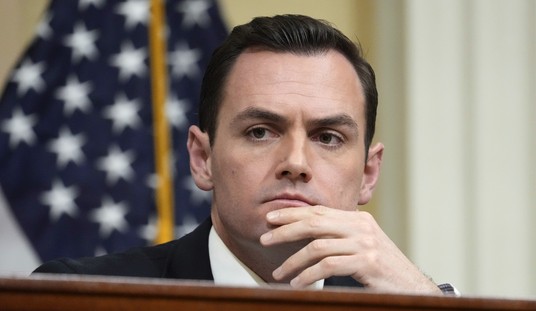In response to the Great Recession, the US government has gone on a spending spree in the hope of using Keynesian stimulus to restart the economy. However, according to a new analysis by Dr. Polina Vlasenko at the American Institute for Economic Research, that approach may make us even more vulnerable to future recessions. The amount of economic damage done to Western economies by the downturn directly relates to the aggregate debt in each economy as a percentage of GDP, she argues — and Japan and the Eurozone paid a steep price for their public and private debt. From the extract:
In comparing the experience of the United States, Canada, Japan, and the Eurozone of 16 countries, two conspicuous findings emerge. One of these, which we address on the back page, is the relationship between different regulations governing employment and the unemployment rates during both recession and recovery. The other, discussed here, is the relationship between debt financing and the decline of output during a recession.
The primary differences in the severity of this recession across nations can be explained by the levels of debt each had going into the downturn. Countries that had built up high debt loads suffered deeper and longer recessions. The immediate implication is that nations that run up high debt-to-GDP levels through deficit spending now may be compromising their ability to survive the next recession…
Vlasenko compares the US, Canada, Japan, and the Eurozone for the depth of the damage done to GDP and the extent of the recovery. Canada did best, Vlasenko writes, because it had the lowest aggregate-debt-to-GDP ratio of the four economic zones, with public and private debt at 233% of their GDP and lost 3.4% in their GDP during the downturn. The US came in second in peak-to-trough performance at -4.1%, with aggregate debt at 329% of GDP. Both nations have returned to previous levels of production, with Canada ahead of the US.
The news for Japan and the EU is much worse. The Eurozone has a debt ratio of 388%, and they slid 5.4% during the recession and have yet to recover fully. Japan has a whopping 572% debt ratio and lost 10% off of their GDP in the recession and were farther back than Europe from full recovery even before the quake and tsunami in the first quarter of this year. They will have little choice but to spend money on their recovery, which will force them into even higher debt ratios and further burden their recovery.
Why should debt be the main driver for predicting performance? Vlasenko explains that higher debt ratios reduce flexibility, which freezes capital:
Certain kinds of expenditures are most often financed through debt. Businesses borrow to finance a new factory. Households borrow to buy a house or a new car. Following a contraction in credit, these sectors of the economy contracted sharply as well. …
The impact on an economy of an interruption in financial flows is directly related to the extent that the economy relies on lending. A financial crisis would trigger a more severe recession in an economy heavily reliant on debt, as compared with an economy that uses debt financing less extensively.
Vlasenko points out that this is true within the Eurozone as well. Heavily leveraged economies like Greece, Ireland, and Spain got hit the hardest by the recession and have had the toughest time recovering. Other nations in Europe that managed their debt loads better rode out the storm with less damage. The implications for this analysis are rather clear:
If leveraging is treacherous ground for an individual investor, imagine the implications for an entire economy. Before the recent crisis, when real estate and other asset prices were rising, debt loads were less problematic. When asset prices began to fall, high debt loads became destructive. The financial crisis ensued. Recession followed.
All this implies that an economy can be made less susceptible to the devastating effects of a financial crisis if the reliance on debt financing is kept at a reasonable level.
So far, we have seen little real growth from the spending spree conducted by the Obama administration and the Democratic Congress that preceded it. What we have seen is a sharp increase in our debt ratio over the last few years. While that didn’t cause the Great Recession, Vlasenko’s analysis shows that it will make the next one that much worse. Unless we get our fiscal house in order, we’re setting ourselves up for a very bleak future.








Join the conversation as a VIP Member